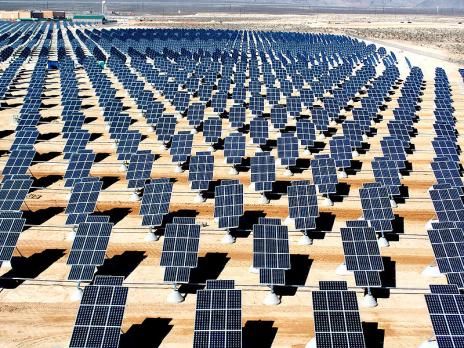The basic concept behind this process announced by Stanford University engineers is to coat a piece of semiconducting material with a thin layer of caesium making the material capable of using both light and heat to generate electricity. This is a substantial upgrade over photovoltaic technology - the current standard for solar panels - because while photovoltaics become less efficient as they heat up, the PETE process operates best at high temperature. How high? PETE's peak efficiency doesn't hit until it reaches over 392 degrees Fahrenheit (200 degrees Celsius). With that in mind, PETE is most efficiently deployed in solar concentrators, such as parabolic dishes, in large-scale installations.
More:










Utolsó kommentek